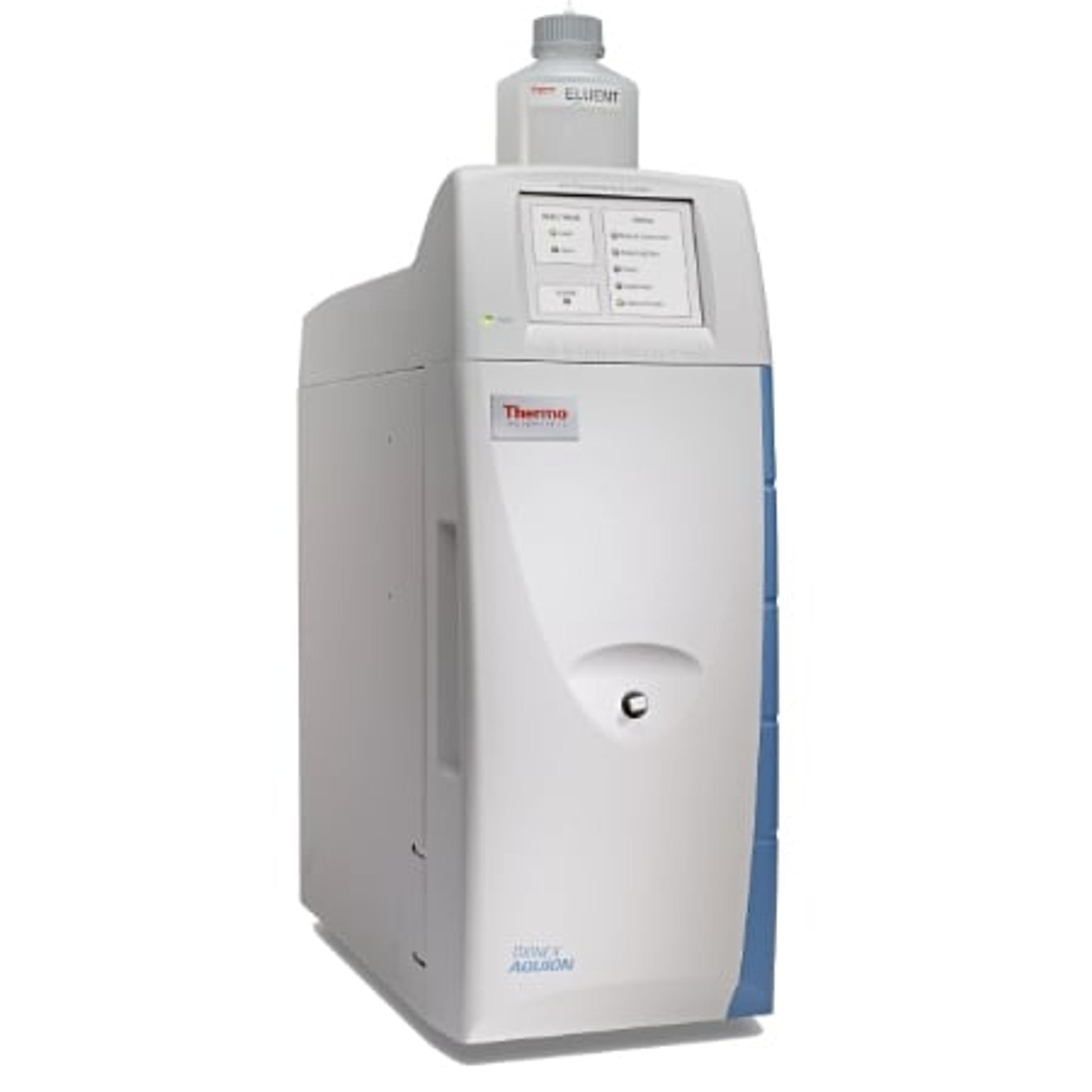Beyond glyphosate: Trace-level analysis of highly polar pesticides in foods
Watch this on-demand webinar to learn more about the detection and quantification of polar pesticides in food and beverages by tandem mass spectrometry
16 Feb 2022

Pesticides are the chemicals that help to maintain the supply of many modern foods. Highly polar pesticides such as glyphosate, glufosinate, fosetyl-aluminum, bialaphos, ethephon, and phosphonic acid find widespread use, yet their detection and reliable quantitation in foods at trace levels is still a challenge for analytical science. Applying proper analytical techniques, performed with instrumentation designed specifically for ionic and highly polar chemicals, is the key.
In this SelectScience® webinar, now available on demand, Dr. Jim Garvey, Head of Food Chemistry, and Michael Kelly, Senior Chemist, from the Department of Agriculture, Food and the Marine, Ireland, will discuss how these chemicals can be separated into their native ionic form on an ion-exchange column, and how this enables the quantification of polar pesticides by tandem mass spectrometry over and over again for hundreds of injections.
Key learning objectives:
- Explore how IC-MS/MS analysis of foods and beverages can detect trace residues of cationic and anionic polar pesticides
- Learn how to solve separation, detection, and quantitation problems for polar pesticides in alignment with the SANTE/11813/2017 guidelines
- Expand horizons in the analytical sciences
Read on for highlights from the Q&A discussion and register now to watch the webinar on-demand.
Do you need a high-resolution instrument for this analysis or a unit resolution mass spec that can be used as well?
JG: We use the high-resolution system because that was what we had available at the time. But, as we went through the validation, you can see that some of the product times that we get are identical, and a lot of them come from fragments like PO2 and PO3. As we went through this, we discovered that the high-resolution system really wasn't a lot of help to us. This system is much more suited to a triple quad-type system, and we have plans to move it to a triple quad system in the near future.
What is the sensitivity and detection limits of the instrument that you used?
JG: I think it varies from matrix to matrix. We have a slightly different cleanup for each matrix and so we use a slightly different dilution factor depending on the matrix we're using. Within virtually all cases, we can see the default MRL of 10 micrograms per kilogram for all the analytes that are in this method, with the exception of ethephon in wheat.
Is the front-end chromatographic separation important here?
JG: We use PRM for this, which is parallel reaction monitoring on Orbitrap. The chromatography is important, but as long as we have parent ions that differ by half a mass unit, then we can just pick the filter for that particular compound, and we can pick the product times from that compound. We can still quantify if we have colluding peaks, but it is better to have good chromatography.
With a lack of a matrix blank material, how do you assess the specificity and do matrix match calibrations?
JG: We use metrics to match standards. The problem is only for specific compounds, and originally the problem was only for phosphonic acid, where we were getting interference with phosphonic acid. We solved that problem by changing around the ions, where we use them for quantitation. You get interference with one of the ions for phosphonic acid, but the other one is quite clean so we can use that. The other option we use is to send our sampling officer out to look for organic material and we can then use that as blanks.
Glyphosate tends to absorb onto metal surfaces. Do you need any preservation in your analysis?
MK: It would absorb onto metal surfaces, but we use PEEK tubing so the majority of it is all plastic and there is nothing for it to cling to in the system. So, the problem is overcome by using PEEK tubing in every area there.
JG: We're using a dedicated ion chromatograph rather than an HPLC with anion exchange column in it, and the amount of stainless steel in it is minimal.
What is the LOD (limit of detection) for this method?
JG: That is compound dependent, but in most cases, we can achieve the default MRL (maximum residue limit) of 10 micrograms per kilogram for pretty much everything. We did have some issues achieving this for ethephon in some matrices as ethephon doesn't work very well in wheat, but it does work very well in milk.
The one compound that gives us huge problems is bromide. We thought we could add inorganic bromide to this method. However, the problem with inorganic bromide is that the background levels are so high that it's well above the saturation point of the mass spectrometer. We would have to dilute our sample so much for bromide that we would just dilute everything else out of the sample. So, that's probably something we have to look at in a separate method.
How can we avoid possible interference or contamination from the previous analysis?
JG: Carryover from injection to injection doesn't really occur because we increase the ionic strengths up to 60 millimoles and that clears everything from the ion exchange column, and then we bring the ionic strength back down again before we start the next run.
MK: At the beginning of a run, we run conditioners and we run blanks to make sure there's nothing in them beforehand and that we're seeing what we want to see. I haven't seen any carryover.
Do you use any specific cleaning procedures for plasticware in your sample preparation?
MK: We make up the samples themselves. The plastic that we use is all just one-use analysis. For the column itself, it's cleaned up by the run itself.
JG: The high ionic strength at the end of the run clears everything from the column and then we start again. In between runs with the ion chromatograph, we have to keep a flow through the system all the time just to keep it running and to keep it clean. So, we do shut the system down, but only at Christmas, and Easter, and long holidays.
MK: We found that you do have to keep the system running all the time, at low flow rates and low pressures, because it runs a lot better than if you stop the flow as the suppressor could dry out, and then you could rupture that. So, you want to keep that hydrated all the time, and the column works better with the flow through it constantly as well.
SelectScience runs 10+ webinars each month, discover more of our upcoming webinars>>

